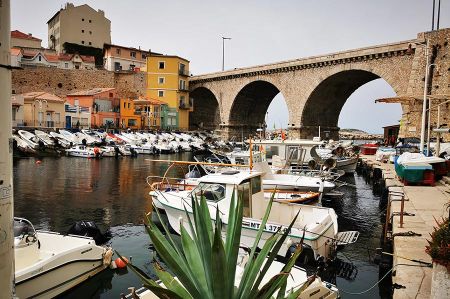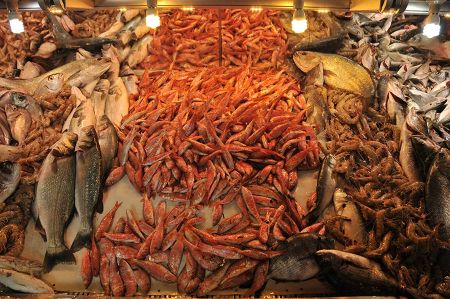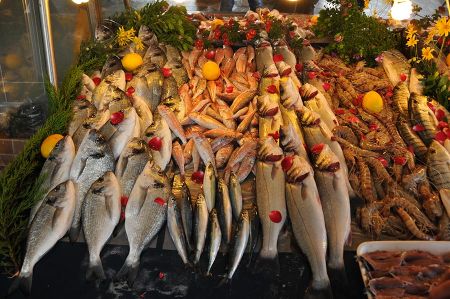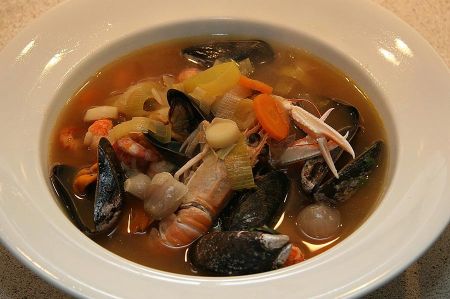Bouillabaisse - a Provencal fish dish in Marseille
- Written by Portal Editor
Our days in Marseille were coming to an end and we still hadn't been able to try the bouillabaisse that is so famous in Marseille.
In order to try the truly original fish dish, we wanted to go to a restaurant a little away from the tourist crowds that could offer truly original bouillabaisse.

Bouillabaisse - the ancient history of fish soup
The forerunner of bouillabaisse is considered to be the dragon head soup, which already existed in ancient times and is one of the great traditions of the Mediterranean region. The first written mention of such a soup can be found in Pliny the Elder.

It is assumed that the soup was originally cooked by fishermen with sea water from small fish and fish scraps that were left over from the market.
Cultural historians can use written sources to prove that the bouillabaisse known today in haute cuisine and restaurants deviates from the simple basic recipe.

It is already clear that it is really not that easy if you want to use truly original ingredients. Over time, the bouillabaisse has been adapted to the fish and vegetable ingredients available. And understandably, a certain degree of secrecy always arises when you ask for the recipe in a restaurant. Our conclusion is simply that the bouillabaisse is always adapted to the ingredients available.
Preparation as we enjoyed the bouillabaisse.
The large red scorpionfish is typical, which is why this soup was probably called scorpionfish soup in ancient times.
Brown scorpionfish, John Dory, gurnards, monkfish, conger eel, red mullet, whiting and wolffish or various perch such as sea bass are also used. Seafood used includes slipper lobsters, lobsters, langoustines, shrimps and mussels. The vegetables used include garlic, onions, tomatoes, fennel, leeks and often potatoes.
Preparation and cooking of the bouillabaisse ingredients
When the onions and fennel are cooked, saffron and orange peel are added and the mixture is deglazed with white wine, pastis or vermouth. Then the fish and seafood with the longest cooking time are added. These are then covered with plenty of already heated water or, better yet, fish stock. Then the remaining fish and seafood are added one after the other, depending on the cooking time. The firm fish is cooked with the fish, the soft fish such as John Dory, red mullet or whiting is added later and everything is cooked until it is done.
Soup and fish are often served separately in fine cuisine.
The soup is then strained and then poured into plates lined with slices of white bread.
We were offered a bread called Marette, which is special but typical in Marseille, as a side dish.
Auguste Escoffier says: “In Marseille, long, slender white bread called Marette is used for the bread slices and is best suited for this purpose; it must be fresh. For this dish, the bread slices should not be toasted, fried or baked.”
Fish and soup are usually served separately in restaurants: the soup first, then the fish and seafood; but sometimes the chosen fish are skimmed off with the bouillabaisse.
Baguette and rouille, a spicy garlic sauce similar to mayonnaise, are also served.
You are spoiled for choice for your bouillabaisse. Enjoy your meal.
Please read as well:
Notre-Dame de la Garde – “The Good Mother”
Metropolitan hiking trail GR 2013 - also right through Marseille
